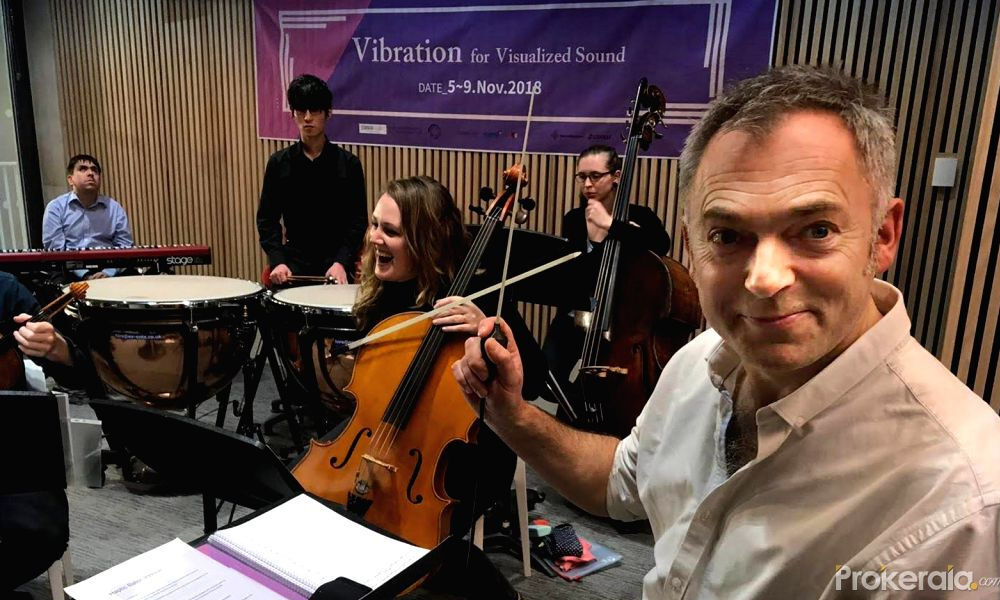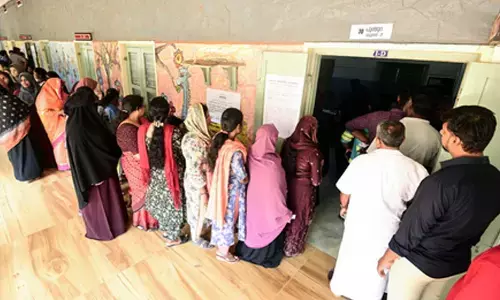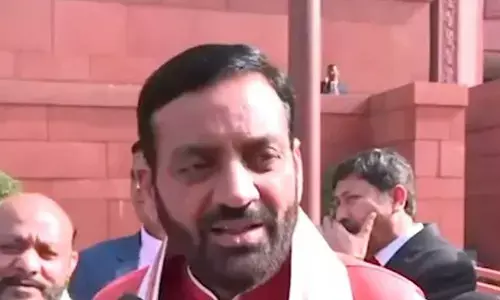Tech bridging music boundaries for the blind

People across the world make music in one form or the other but for the visually impaired, the universal language of mankind is somewhat blurred from the very onset.
People across the world make music in one form or the other but for the visually impaired, the universal language of mankind is somewhat blurred from the very onset.
Not any more.
Moving beyond Braille music and by-ear lessons, technology has come to their rescue in couple of apps that are helping people who are either blind or with low-vision learn or make music anytime, anywhere.
There is, however, one technology that has left apps somewhere behind in the race: the new-age 'haptic baton' from British Paraorchestra, the world's only large-scale ensemble for professional disabled musicians.
Most musicians read music and follow a conductor with their eyes, but visually impaired and blind musicians not only need to memorise scores, they also find a non-visual way of taking cues from a conductor.
The upbeat -- when the conductor raises their baton to indicate the start of the piece or change of tempo -- is 'sensed' by blind musicians, perhaps by listening for an intake of breath or movement from the person next to them.
The haptic baton has a microchip inside that transmits wireless signals communicating the precise movements of the conductor to devices worn on the wrists or ankles of the musicians.
"The devices translate the signals into vibrations enabling the musicians to follow a conductor," says Laura Evans from Paraorchestra.
For the first-time, the ensemble recently performed Beethoven's fifth Symphony along with a new piece by a South Korean composer to an invited audience.
Paraorchestra partnered with Human Instruments, innovators of accessible musical instrument technology, to develop the haptic baton.
Kevin Satizabal, who is a pianist and a blind, had to sit close to the conductor and listen for their breathing to know when to begin.
"But if you're in a big orchestra, and you're miles from the conductor, that's going to be really, really difficult information to pick up and this technology essentially plugs you into the conductor's movements, which is really exciting," he said in a statement posted on Paraorchestra's website.
"It emulates what a sighted musician sees," said conductor Charles Hazlewood who successfully trialled the technology with a dozen blind and sighted musicians at a performance of Beethoven's Fifth Symphony and a new work by a South Korean composer.
There are also some apps to help the visually challenged learn music.
TalkingTuner is an iOS app that talks to you if your instrument is in tune or not, so you don't even have to look at it or touch the display.
With the "Auto-Speak" switch turned on, Talking Tuner will listen for a note to be played, and then, at the end of the sound, will speak the name of the musical note, and how sharp or flat the note is estimated to be.
Talking Tuner uses speech synthesis and works with or without VoiceOver being enabled.
Then there is Samsung Audio Acordes (Chords) which is a free Android app that teaches people with visual impairment to play the guitar in a practical and intuitive way.
The app offers beginners an audio dictionary that teaches them how to play chords and can also tell users when to play which chord as a song progresses.
"It is especially helpful because the app eliminates some of the barriers such as the need to know how to read Braille or having to stop playing every now and then to read the music with the same hands they play the instrument," says the company.

















